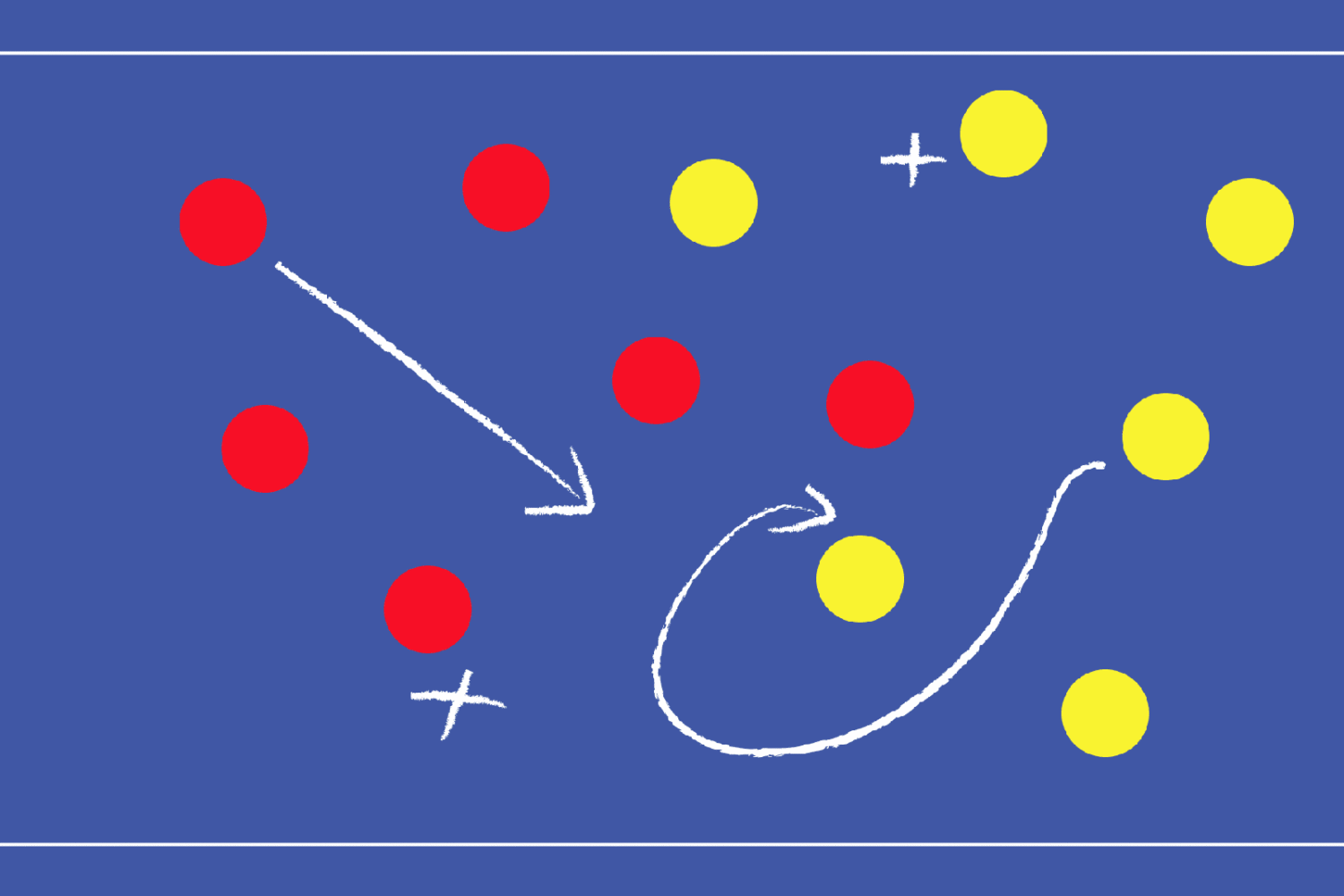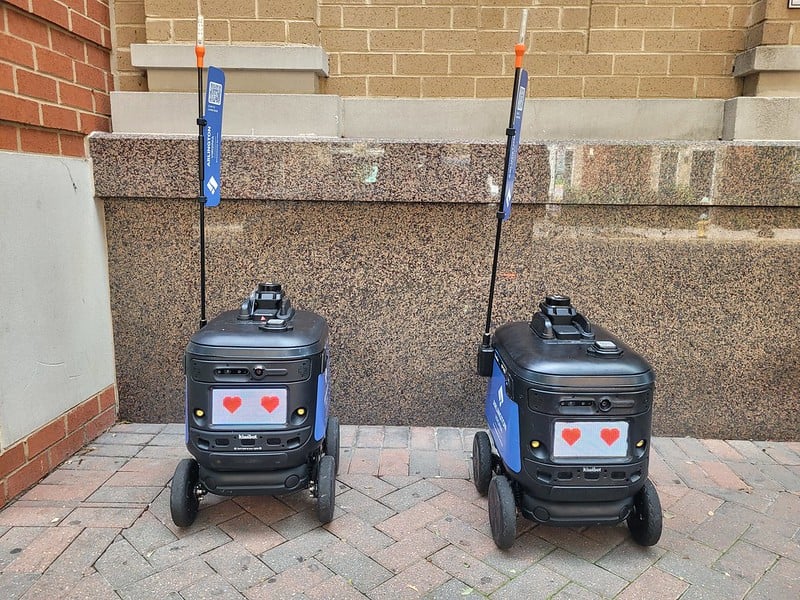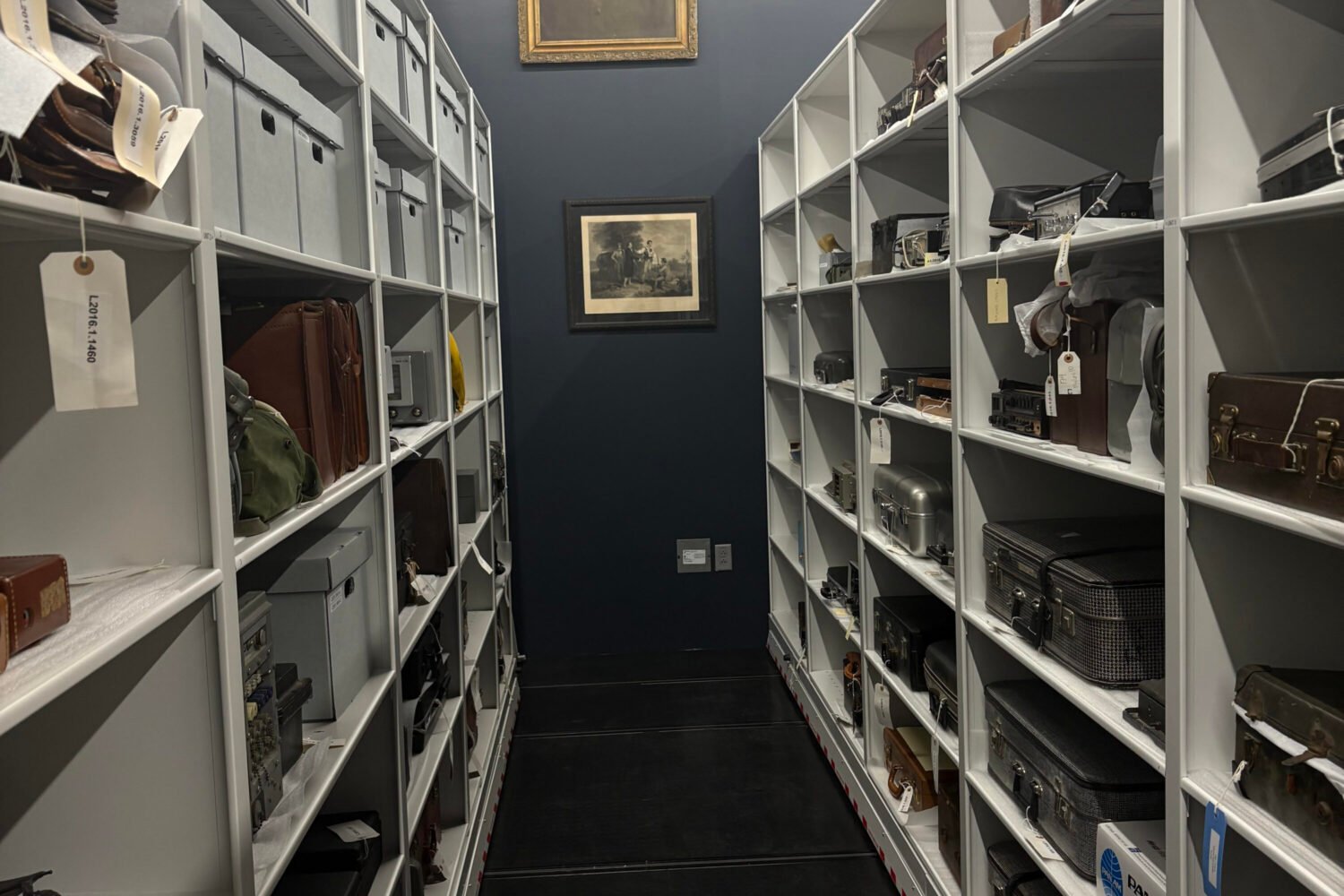Roger Stone just did the most Roger Stone thing possible. This morning, the Daily Caller released a bizarre video in which the recently arraigned former Trump adviser explained how an accused individual should dress for court.
In it, he says things like “I’m Italian from the waist down ” and “The clothes make the man” and “Going out without a pocket square would be like going out completely naked.” Stone even weighs in on the boxers-vs.-briefs debate.
We hope you’ll never have to take anyone’s advice on what to wear for your arraignment. But, you know, just in case, we spoke to attorney Chris Zampogna, former president of the DC Bar Association, to find out what fashion works best in criminal trials.
Wear what you’re comfortable with
Zampogna says the jury will fixate on “weird” things, so if you’re uncomfortable wearing professional attire, this isn’t your chance to borrow your uncle’s fanciest suit.
“Don’t blow it with un-matching cufflinks,” Zampogna says. “Something odd like that can make a difference. If they’re a khaki person or they’ve got a blue-collar job, wearing a suit might not even be the right thing to do. A sport coat and khaki pants would probably fit them well. You’ve got to gauge the person, but I would say the Roger Stone advice is not what you should follow.”
A defendant testifies just by his presence, Zampogna says, so if he’s not “clothing-sophisticated,” a fancy suit might make him look out of place.
Can you dress down?
Zampogna would steer any client away from dressing down too much. He recalls telling a client to wear a tie, but he instead showed up in shorts and a muscle shirt.
“That’s, like, the opposite thing of what you want to wear. That’s the worst-case scenario. You want to show respect to the court. You don’t want to show up and have your shoelaces untied.”
Today’s style is a bit more casual than in years past, so Zampogna suggests an outfit similar to what you’d wear at a networking event. “Do you want the white-pinstriped look? No. You don’t want to seem too out of touch with the people.”
Pocket square?
Unlike Stone, Zampogna generally cautions against the pocket square, at least if your trial is in DC. “Here, we’re in a town where many people work for the government. You don’t want to wear the pocket square and look like a New York City, Wall Street, over-the-top guy.”
Don’t draw attention to yourself
The last thing a defendant should do is stick out in a negative way, says Zampogna. “Roger Stone does that, obviously, because he wants to be the center of attention. That’s his own style.”
In quite the opposite of Roger Stone’s fashion advice, defense attorneys tell clients that the clothing shouldn’t be the focus. “Let’s say your client is a disaster—sometimes the lawyer will try to take the attention away from the client by showboating to, frankly, have the jury look towards them instead,” Zampogna says. “But that’s an exceptional situation.”
Know where you are
What you wear depends on the location of the trial. “If the trial is in DC as opposed to somewhere in the countryside, you might also consider that,” says Zampogna. “You wouldn’t wear a seersucker suit in the North, right?”
Zampogna points out that even within the Washington area, the vibe can be different depending on where you are—a trial in Northern Virginia is different from a trial in the District. “You’re trying to get the jury to commiserate with you and get them to go, ‘Oh, he or she is like one of us.’ ”
Double-breasted suit?
Roger Stone recommends against wearing a double-breasted suit, as it would prevent him from Nixon-ing his way out of court. This may be the one point on which Zampogna agrees with Stone.
“You want to go with the times,” Zampogna says. “I’m not like a GQ person, but double-breasted probably is not in style right now. In the ’80s, you might be able to get away with that, but not today.”
Ultimately, Zampogna says, style is essential to the trial and shouldn’t be overlooked.
“With the accused, you’re not going to testify, so the way you look really is your testimony,” he says. “Clothing is important—I suppose Stone is right in his description of that.”




















